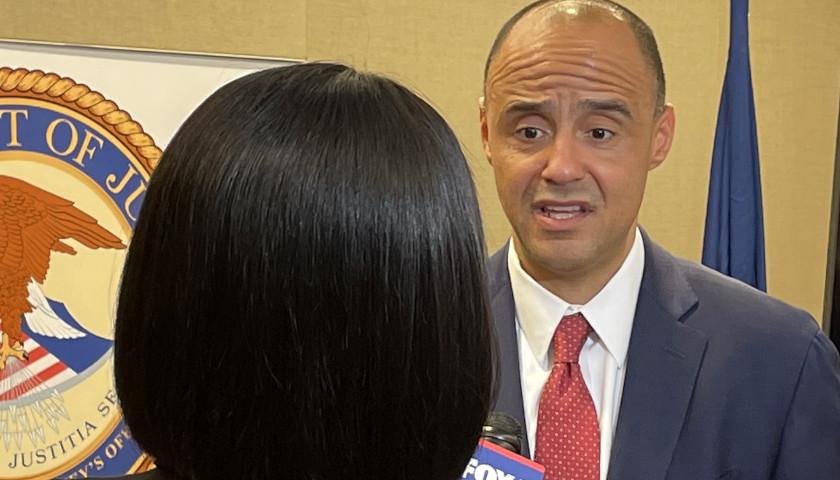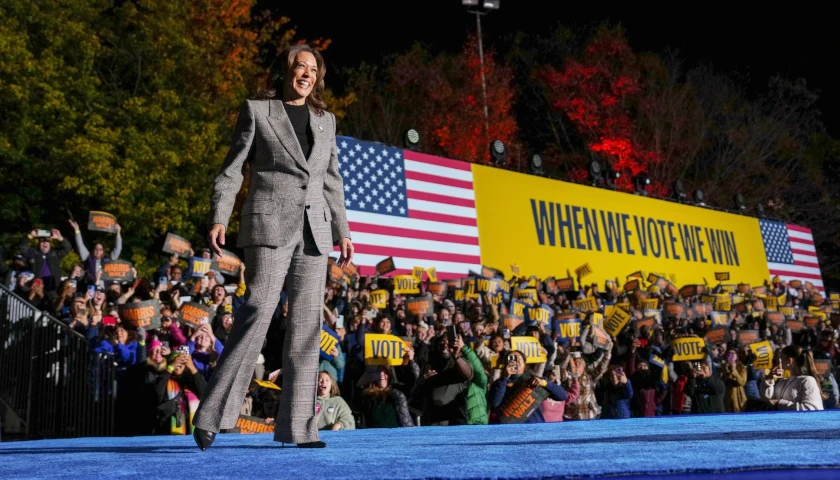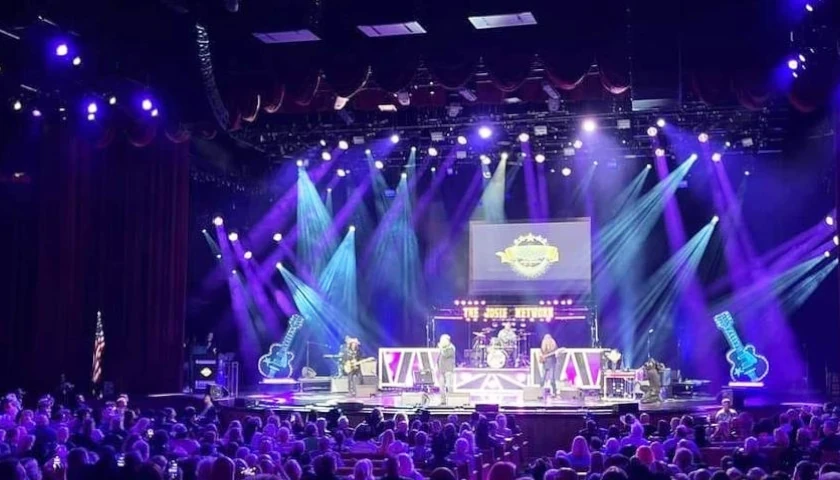In a brazen act of political theater worthy of an ethics investigation, U.S. Attorney for the District of Columbia Matthew Graves gave an hourlong rehash of the events of January 6 to a handful of reporters last week. Graves, a Biden 2020 campaign advisor who was appointed by Biden in November 2021, is overseeing the Department of Justice’s unprecedented and ongoing criminal investigation into the four-hour disturbance that has so far resulted in the arrest of more than 1,200 Americans.
Acting more like a partisan member of the January 6 Select Committee than an unbiased government prosecutor, Graves used inflammatory—and in some instances inaccurate—language to describe what happened that afternoon and his office’s continued pursuit of the perpetrators. “On January 6, 2021, the United States lost control of the grounds around its Capitol and most of the Capitol itself,” Graves said from his office on January 4, the same day Joe Biden released his first campaign ad featuring several clips of the Capitol protest. “In scenes reminiscent of a medieval battle, officers engaged in hand-to-hand combat with members of the invading force.’
Graves, who admitted during Congressional testimony last year his office had dropped all charges against 2020 rioters in D.C., falsely claimed the protest represented the “largest single day mass assault of law enforcement in our nation’s history.” He regurgitated well-worn bromides about the Proud Boys and Oath Keepers then bragged about his office’s success in jury trials in the most Democratic city in the country.
Unsatisfied with the largest criminal caseload in DOJ history and a perfect conviction rate in J6 trial—juries have not acquitted a single J6 defendant in two years—Graves’ bloodlust on behalf of the man responsible for his job and the base of the Democratic Party is growing.
Graves warned he will investigate and prosecute thousands of individuals who did not enter the building that day. “If a person knowingly entered the restricted area without authorization, they had already committed a federal crime. Make no mistake, thousands of people occupied an area that they were not authorized to be present in in the first place.”





